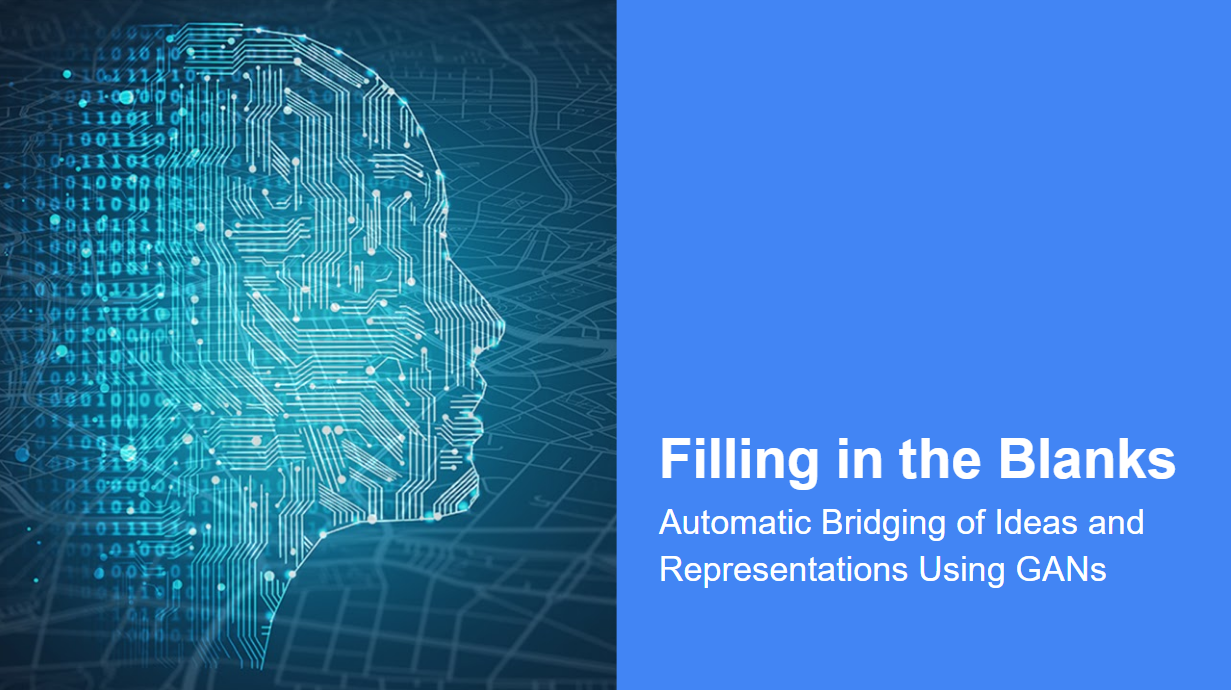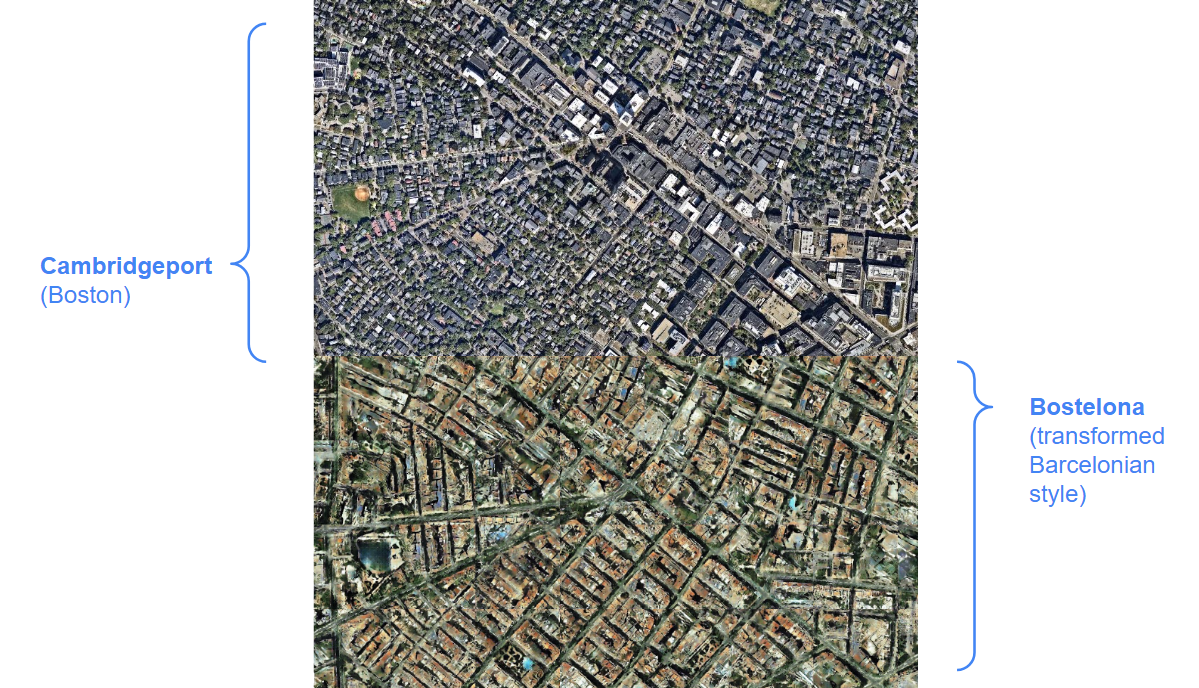Planning for Post-Covid Space Use: Responsive Data Dashboards Flex with Evolving COVID Conditions
Sasaki's customizable, web-based tool helps takes the guesswork out of returning to the workplace
 Sasaki
Sasaki

A group of interdisciplinary Sasaki technologists, Ken Goulding, Raj Adi Raman, and Scott Penman, recently spoke at the Building Connections Congress: Machine Learning’s Impact on Architecture and Design. They were joined by Elizabeth Christoforetti, founding principal at Supernormal, for their panel, “Generative Adversarial Networks (GANs) in a Design Practice.” The series was presented by The American Institute of Architects (AIA) KnowledgeNet.
Goulding, Adi Raman, and Penman presented, “Filling in the Blanks: Automatic Bridging of Ideas and Representations Using GANs.” Throughout the presentation they explored opportunities and challenges posed by GANs and identified possible ways for designers to incorporate machine learning into how they communicate design intent. They also discussed existing tools and applications that are dramatically reducing the barrier of entry for using machine learning.

A GAN generating new urban impressions. The ML model trained on Barcelona and applied on Boston to generate a new urban impression: Bostelona.
“Design starts at the end: propose an idea first, figure out the details later,” the team says. “The culmination of those first steps — the polished rendering, the evocative sketch, the singular aesthetic — is simultaneously complete and empty, a final image and a starting point for discussion. We explore the use of GANs in generating familiar-yet-novel imagery to fill the gap between rough ideas and detailed representation.”
Sasaki's customizable, web-based tool helps takes the guesswork out of returning to the workplace
Parametric design saved countless hours and revealed innumerable possibilities for generating the unique line patterns at Akamai Technologies' Kendall Square HQ